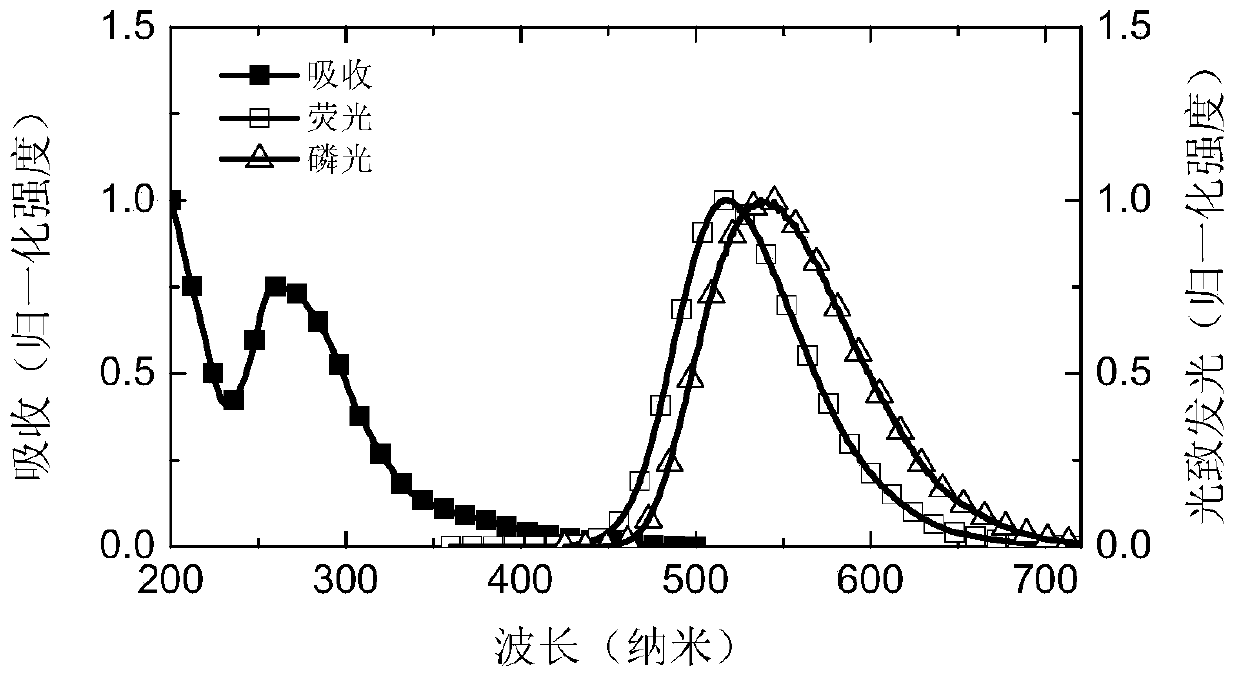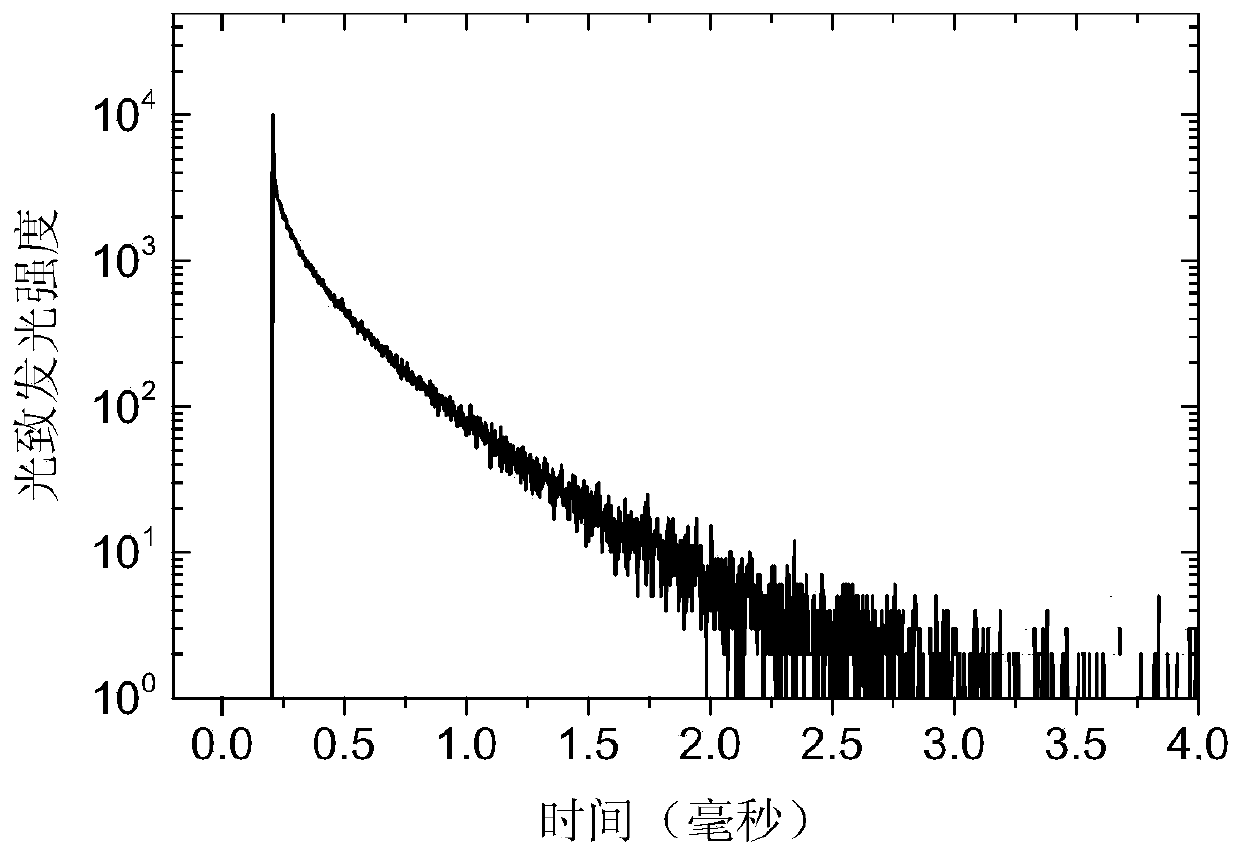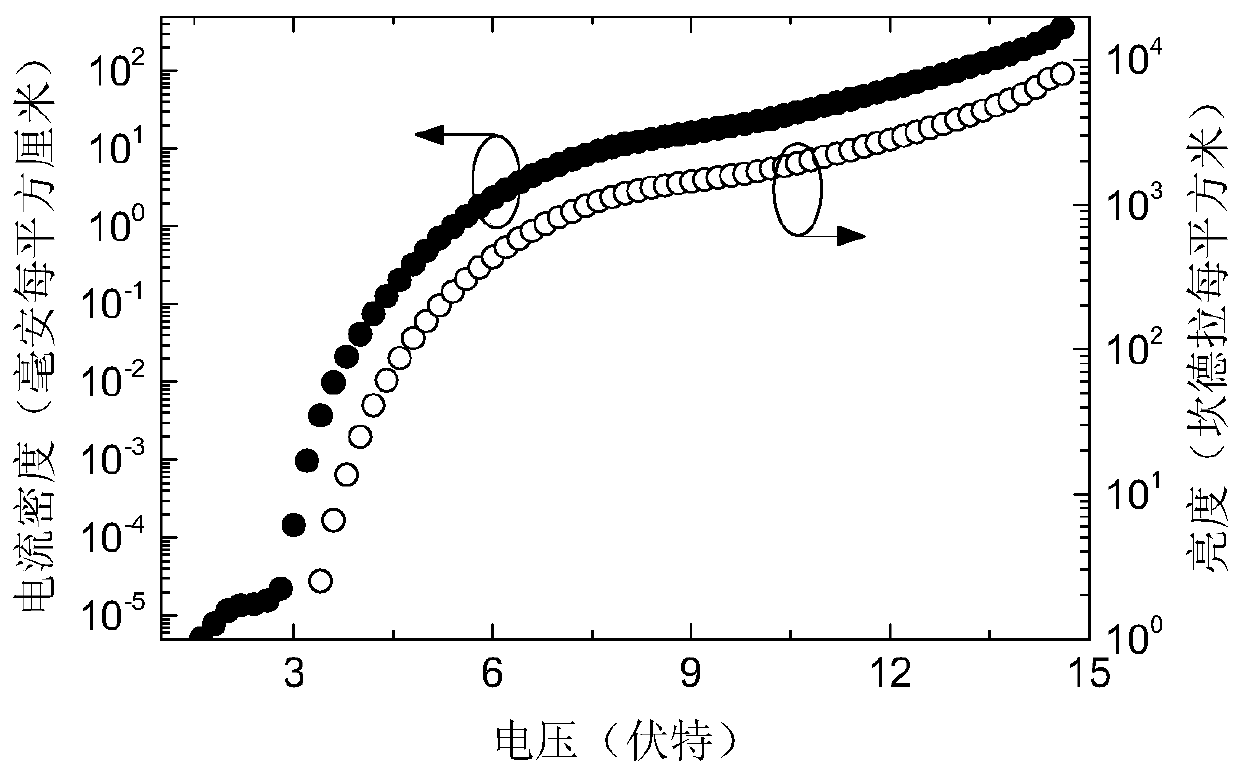Nonaromatic amine donor/acceptor micromolecular material as well as preparation and application
A donor-acceptor-type, aromatic amine technology, applied in the field of organic optoelectronic materials, can solve the problems of increasing difficulty in non-doped devices, low photoluminescence quantum yield, difficult application of TADF devices, etc., and achieves molecular weight determination, The effect of simplifying the OLED preparation process and high fluorescence quantum yield
- Summary
- Abstract
- Description
- Claims
- Application Information
AI Technical Summary
Problems solved by technology
Method used
Image
Examples
Embodiment 1
[0033] The reaction formula of non-aromatic amines to acceptor type small molecule material 1 is as follows:
[0034]
[0035] The specific reaction steps are as follows:
[0036] Combine thianthene-1-boronic acid (3.84mmol, 1.00g), 2-chloro-4,6-diphenyl-1,3,5-triazine (4.22mmol, 1.13g), potassium phosphate (19.20mmol, 4.07 g), Tricyclohexylphosphine (0.31mmol, 86mg), Pd 2 (dba) 3 (0.192mmol, 176mg), 100mL of 1,4-dioxane was sequentially added to the reactor, and after nitrogen was blown for 15min, the reaction was heated at 110°C for 18h. After the reaction, the system was restored to room temperature, extracted with dichloromethane and saturated brine, the organic phase was recovered, and the solvent was distilled off under reduced pressure. The crude product was separated and purified by column chromatography, and the eluent was petroleum ether / dichloromethane 5:1 to obtain the product of structure 1 with a yield of 67%. Structure 1 molecular formula: C 27 H 17 N 3 S 2 ; Molec...
Embodiment 2
[0038] The reaction formula of non-aromatic amines to acceptor type small molecule material 2 is as follows:
[0039]
[0040] The specific reaction steps are as follows:
[0041] Compared with structure 1, the difference is that thianthene-1-boronic acid is replaced with equivalent phenoxathi-4-boronic acid, and the other raw materials and steps are the same as structure 1. The structure 2 product was finally obtained with a yield of 67%. Structure 2 molecular formula: C 27 H 17 N 3 OS; molecular weight: m / z: 431.51; elemental analysis results are: C, 75.15; H, 3.97; N, 9.74; O, 3.71; S, 7.43.
Embodiment 3
[0043] The reaction formula of non-aromatic amines to acceptor type small molecule material 3 is as follows:
[0044]
[0045] The specific reaction steps are as follows:
[0046] Compared with structure 1, the difference is that thianthene-1-boronic acid is replaced with equivalent phenoxathi-1-boric acid, and other raw materials and steps are the same as structure 1. The product of structure 3 was finally obtained with a yield of 56%. Structure 3 molecular formula: C 27 H 17 N 3 OS; molecular weight: m / z: 431.51; elemental analysis results are: C, 75.15; H, 3.97; N, 9.74; O, 3.71; S, 7.43.
PUM
| Property | Measurement | Unit |
|---|---|---|
| external quantum efficiency | aaaaa | aaaaa |
Abstract
Description
Claims
Application Information
 Login to View More
Login to View More - R&D
- Intellectual Property
- Life Sciences
- Materials
- Tech Scout
- Unparalleled Data Quality
- Higher Quality Content
- 60% Fewer Hallucinations
Browse by: Latest US Patents, China's latest patents, Technical Efficacy Thesaurus, Application Domain, Technology Topic, Popular Technical Reports.
© 2025 PatSnap. All rights reserved.Legal|Privacy policy|Modern Slavery Act Transparency Statement|Sitemap|About US| Contact US: help@patsnap.com



